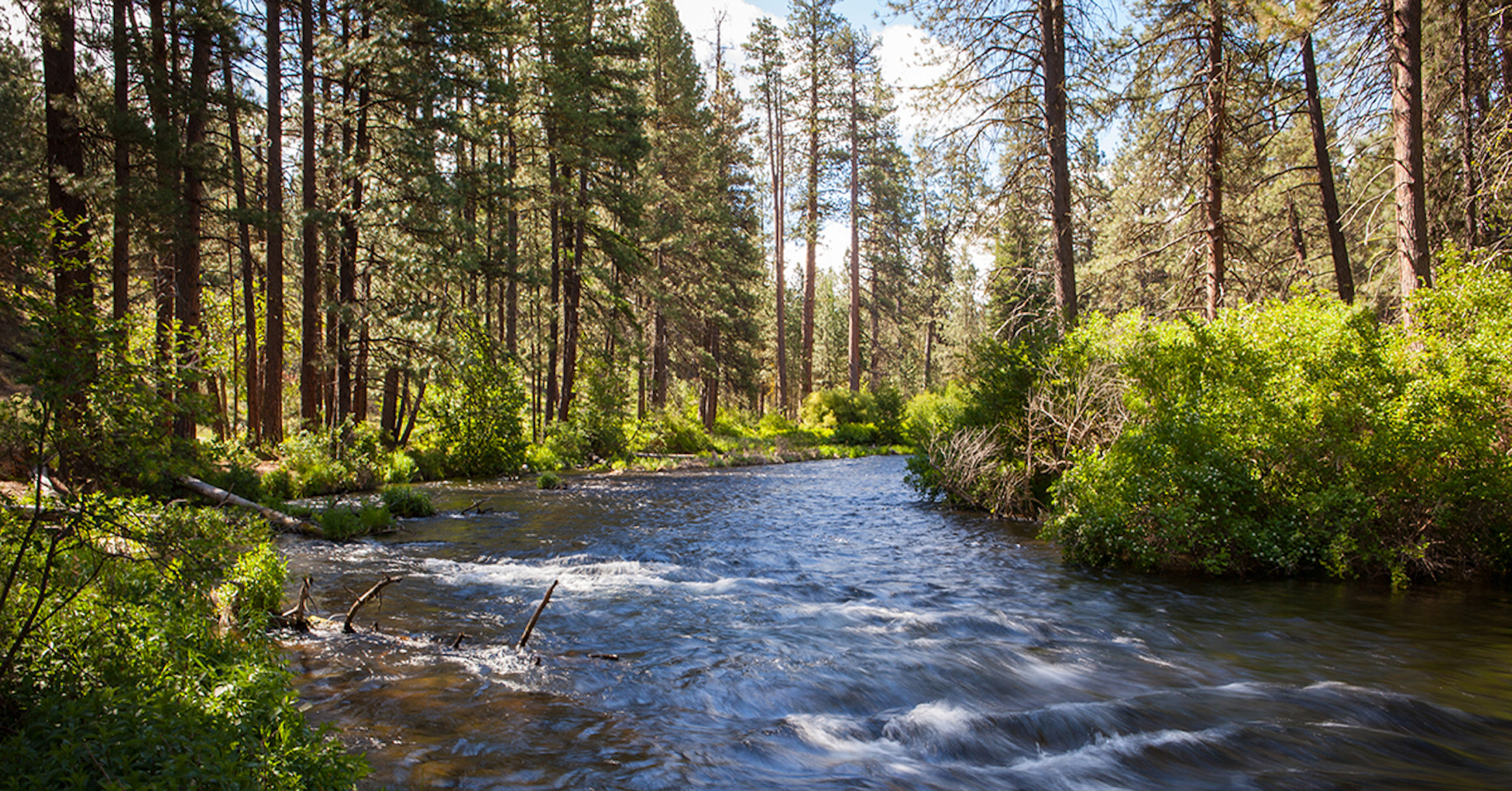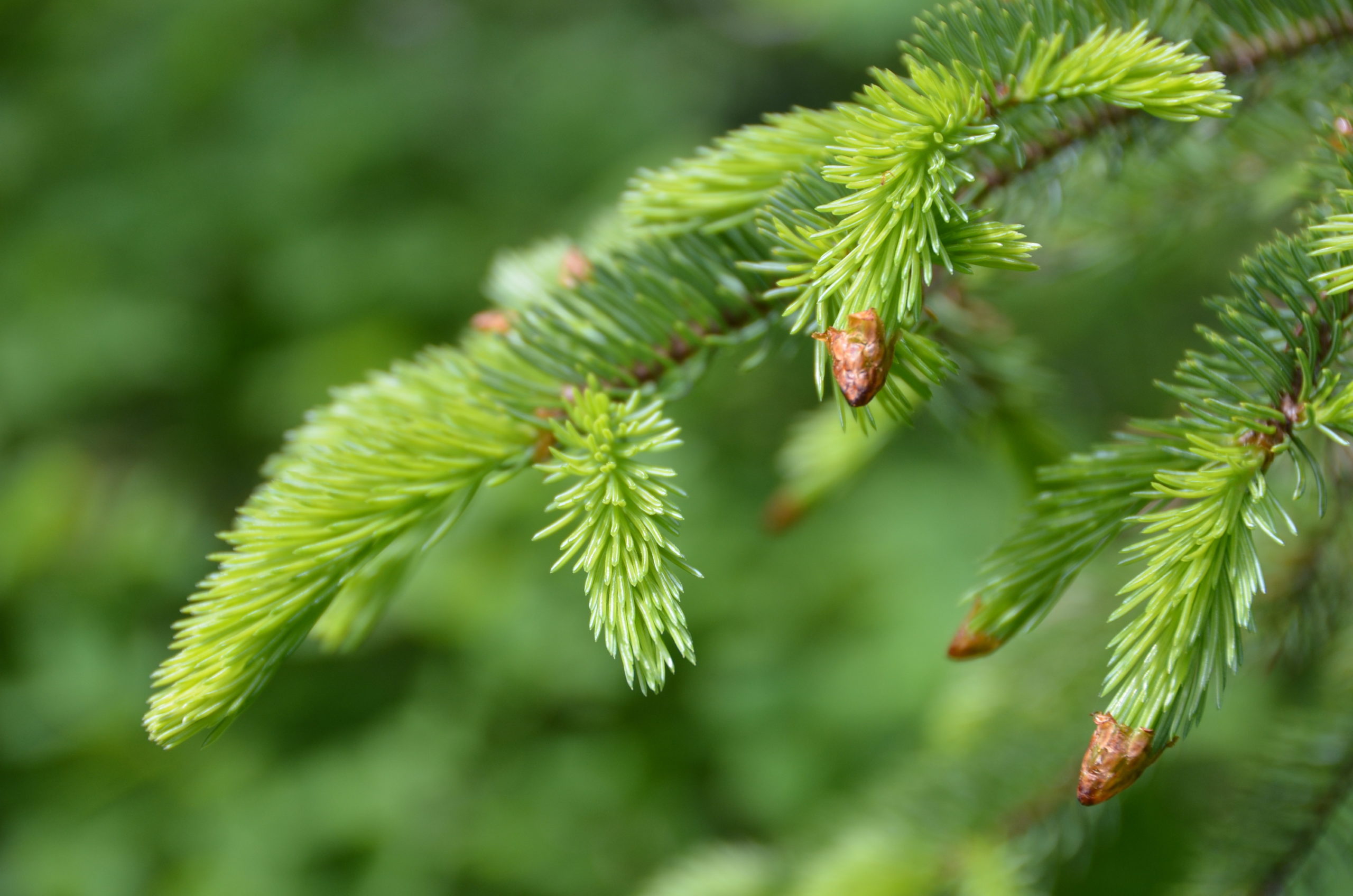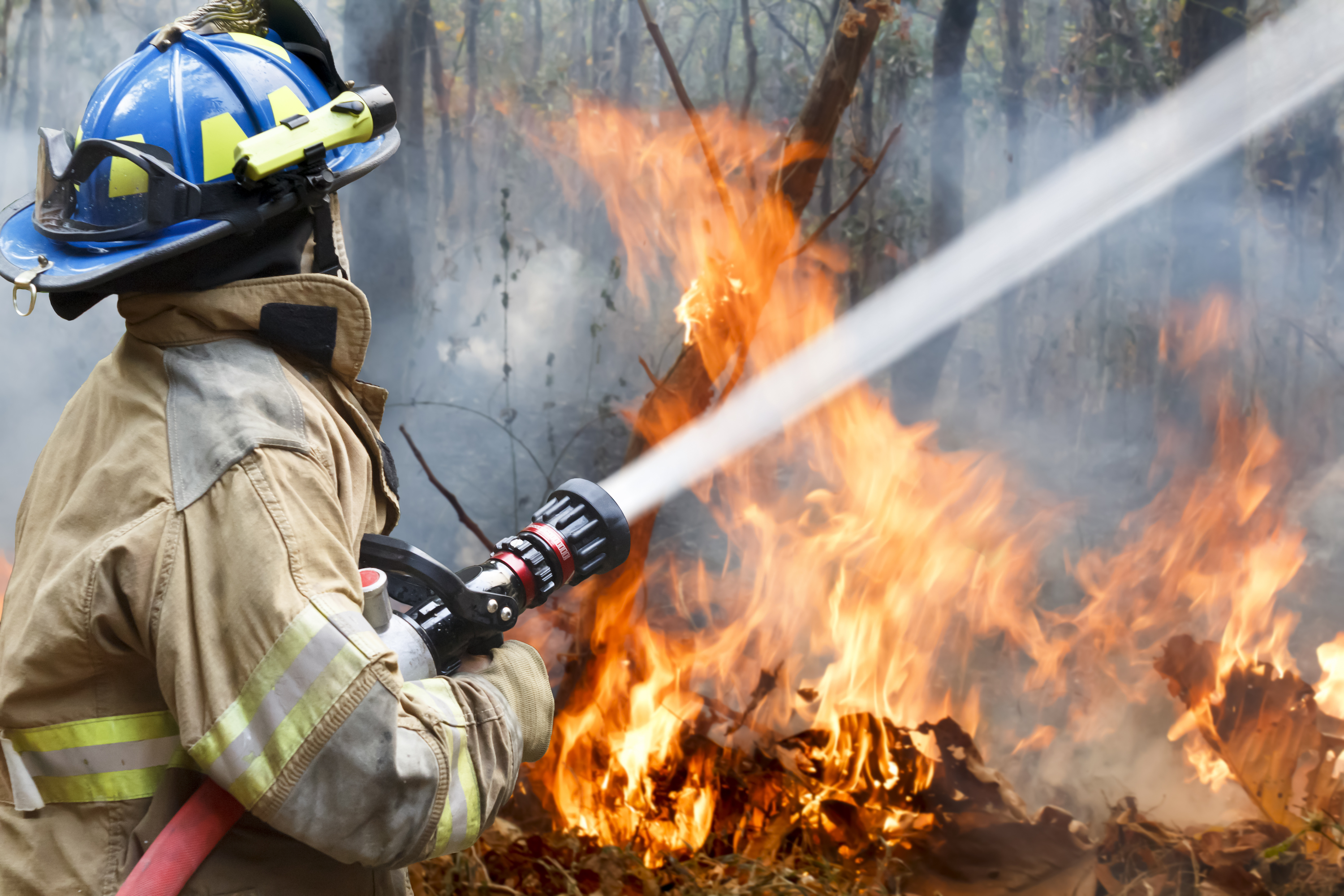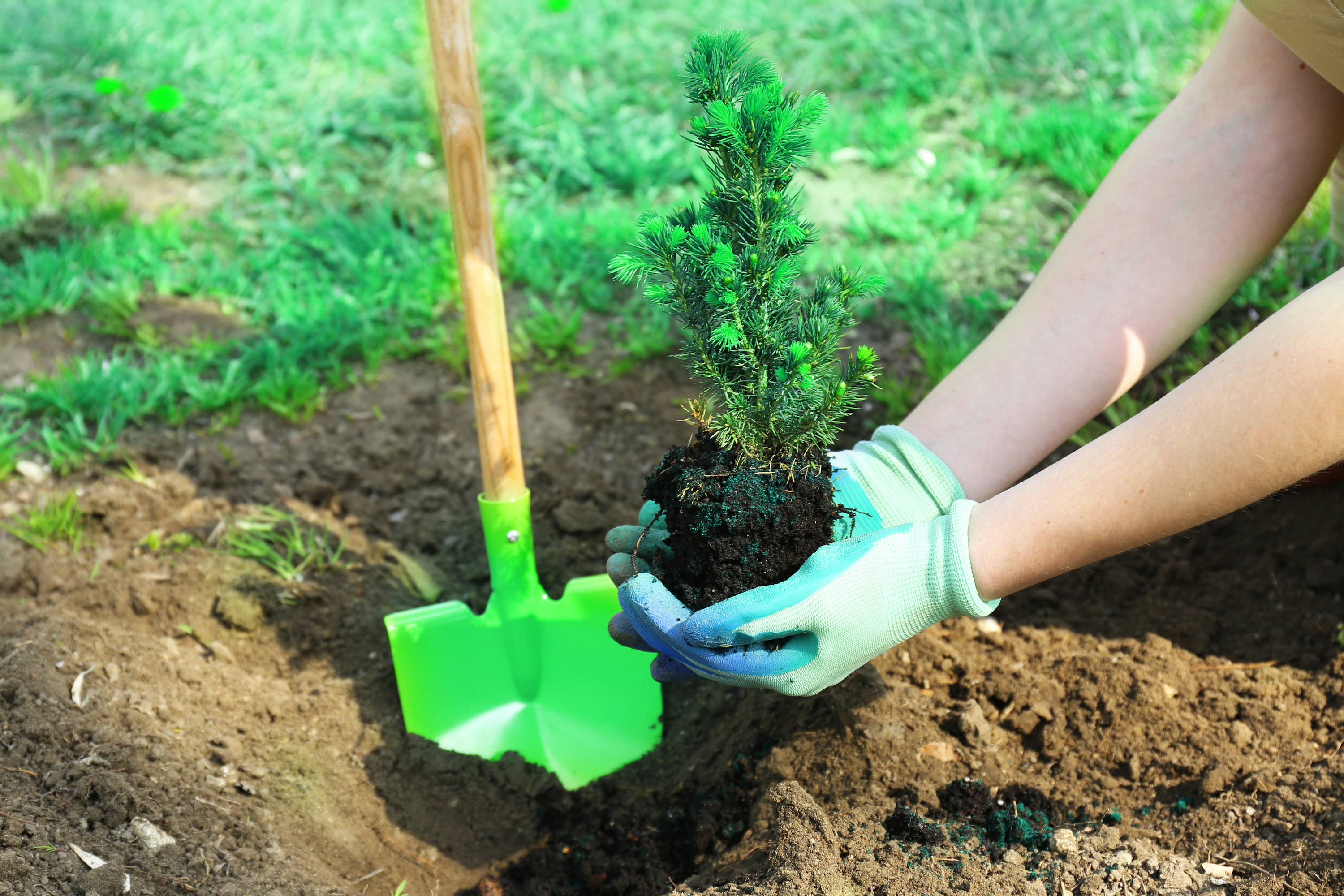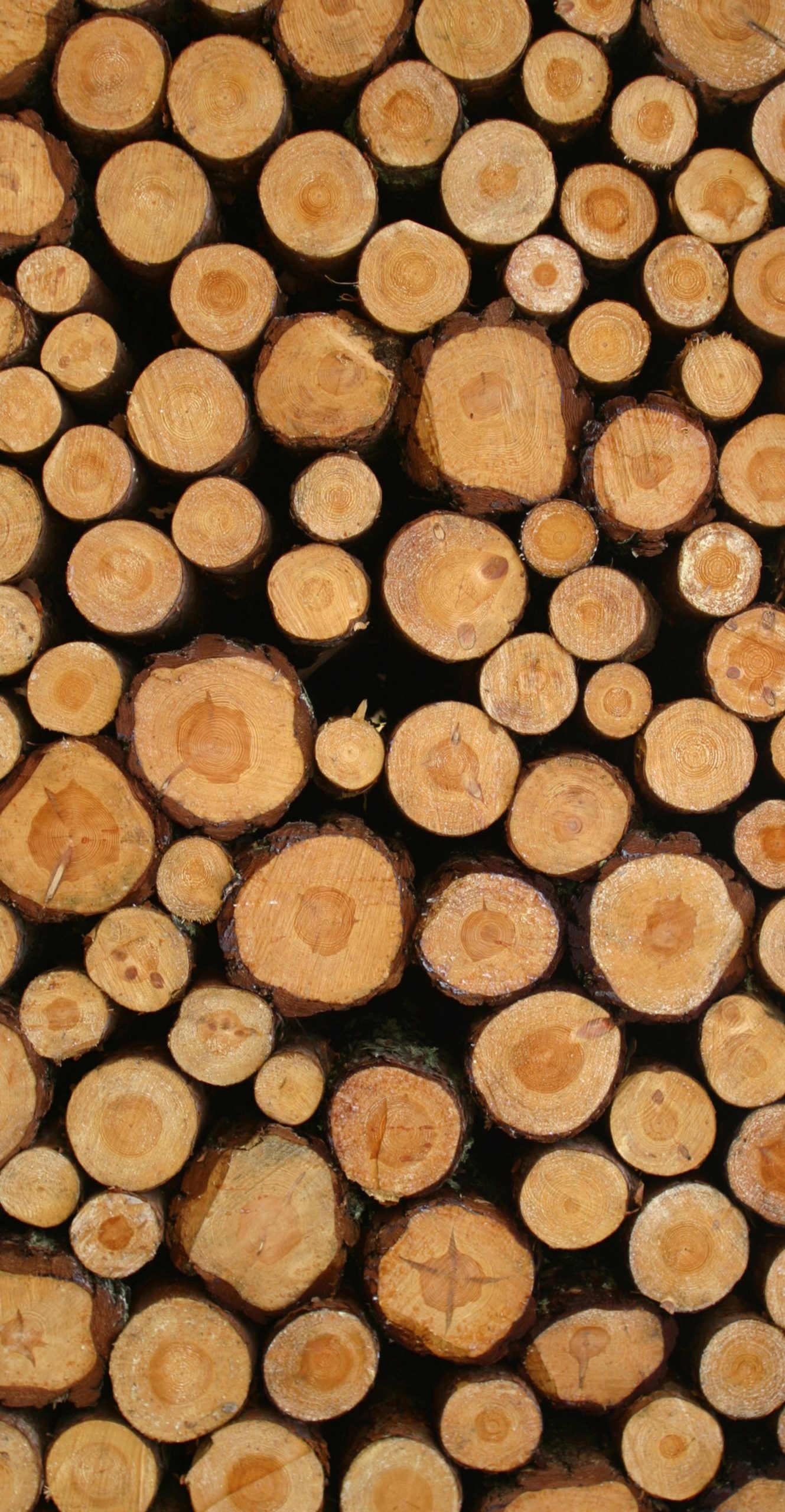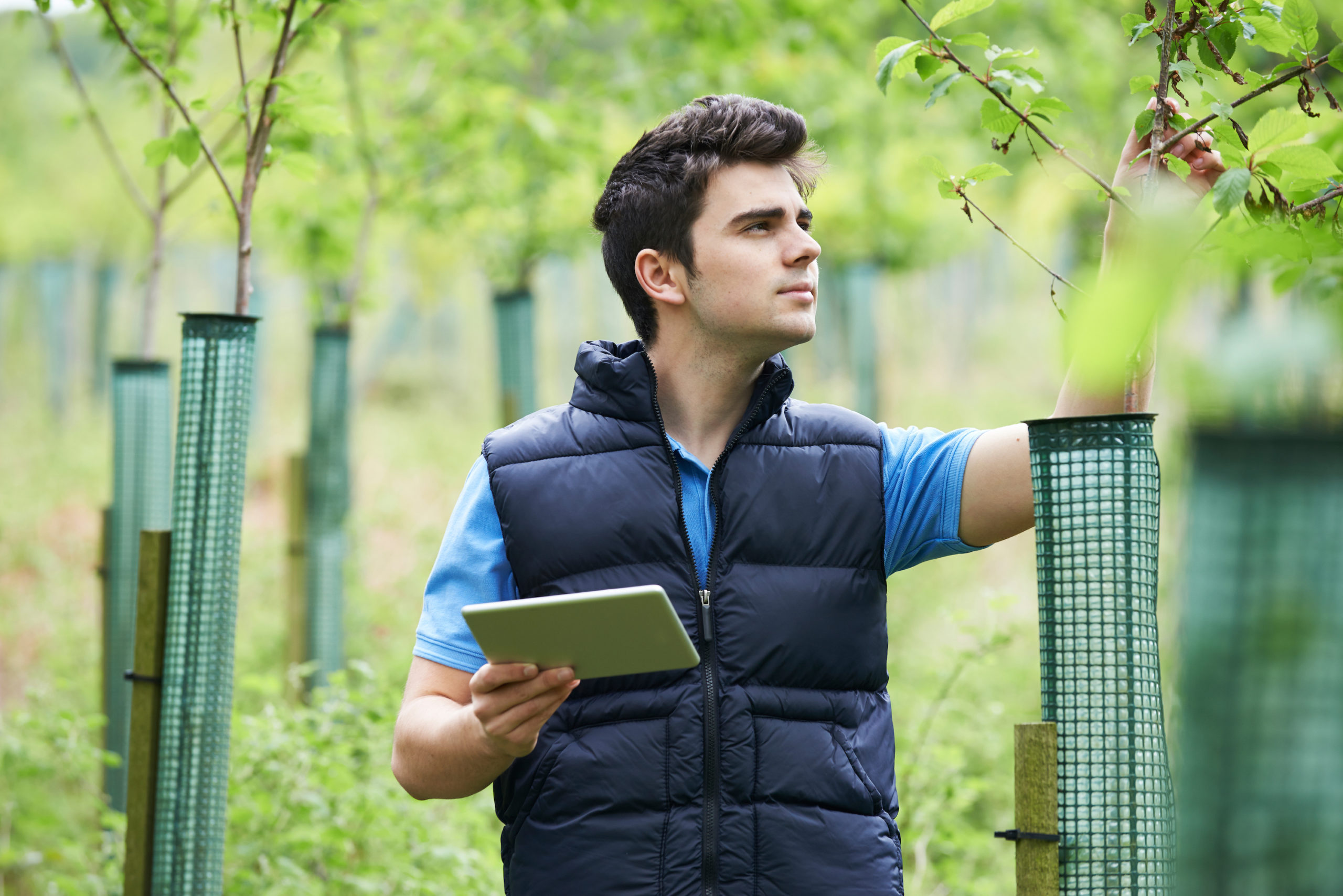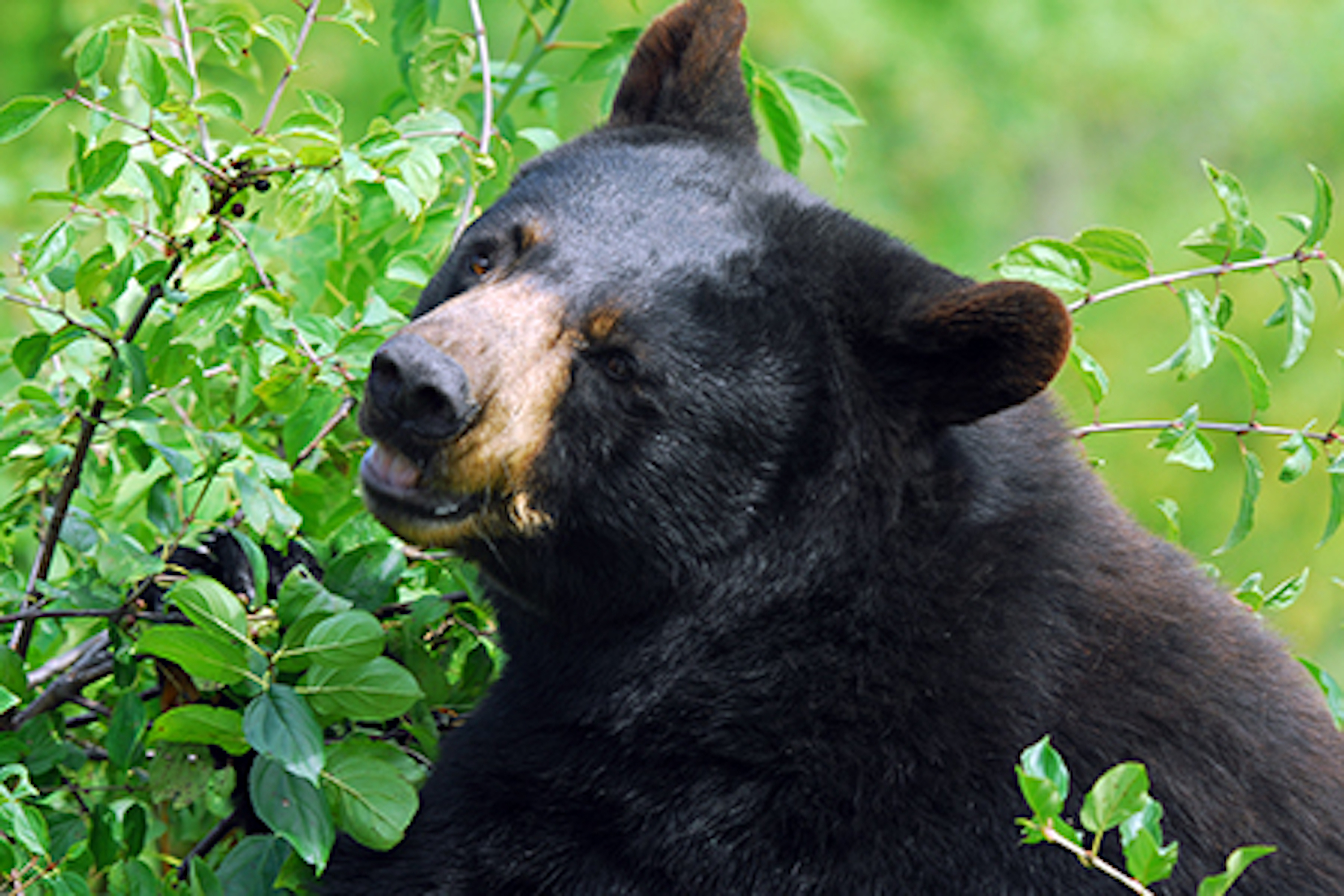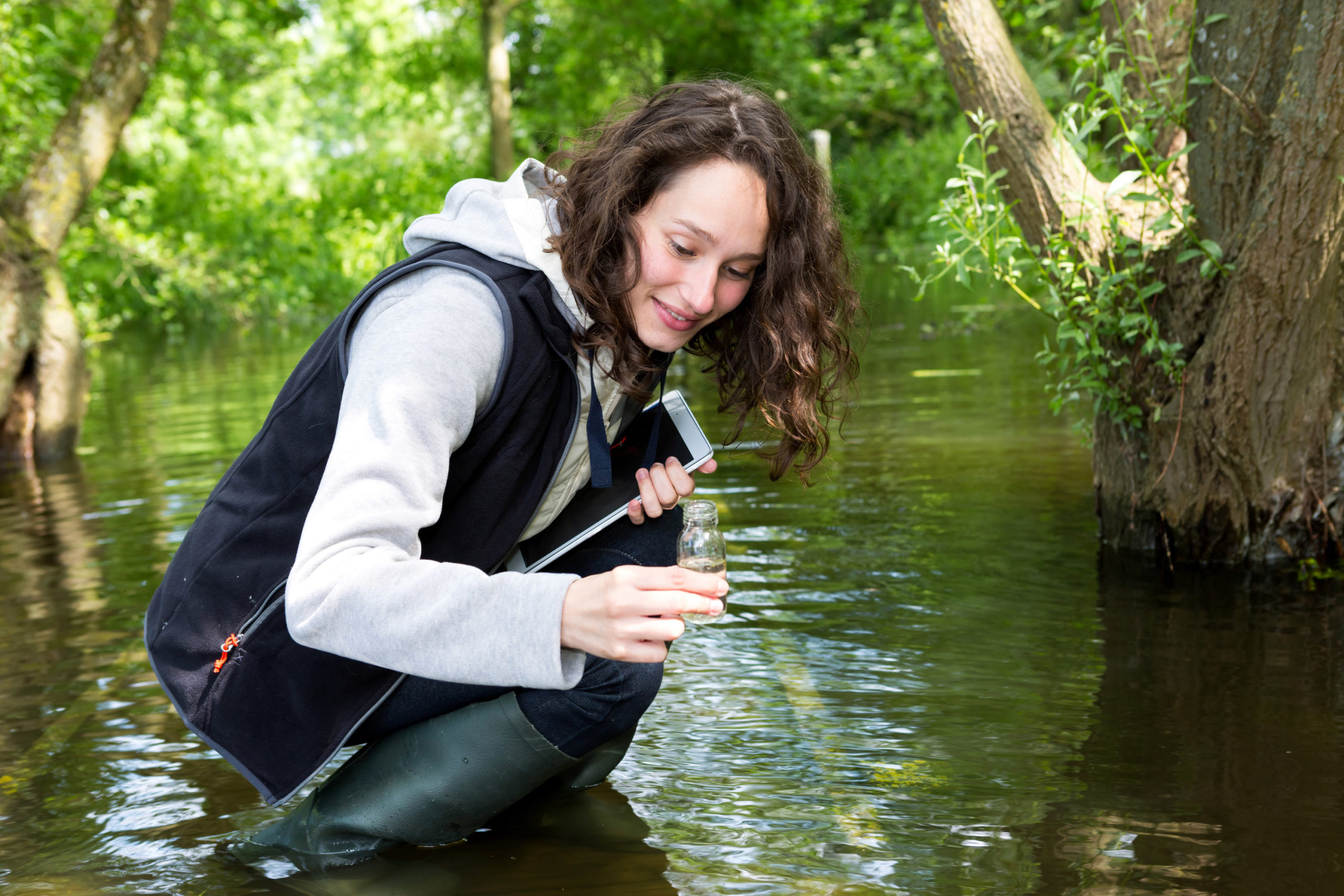Learn About Forests
Engage middle school-aged youth in learning about trees, forests, and sustainable forest management with PLT’s ready-to-use, hands-on activities. Learn About Forests is a collection of 12 activities to engage youth in learning about sustainable forest management.
These 50-minute activities are perfect for non-educators, forest sector professionals, and even families, hosting community outreach, career days, or field site visits for youth. Each activity offers simple suggestions for leading-learners ages 10–16 in themes related to sustainable forest management, stewardship, and green careers, including:
- What is a Forest?
- Why do Forests Matter?
- How Do We Sustain Our Forests?
- What is Our Responsibility to Our Forests?
These themes and underlying concepts are outlined in PLT’s Forest Literacy Framework , a conceptual framework that aims to increase understanding and empowering actions by all for the benefit of our forests.
When working with teachers, select activities to complement topics or concepts taught in the classroom. When working with other audiences, choose activities based on topics of interest and your own objectives.
Tips for Working With Youth
You may not consider yourself an educator, yet sharing your expertise can provide youth with opportunities to learn about the important role that trees and forests play in our lives. When leading these activities with youth, keep in mind a few tips:
- Know your audience. The way you present these activities will change depending on the knowledge, skills, and prior experiences of your learners and even yourself! Play to everyone’s strengths as much as possible.
- Adapt activities to your specific situation and comfort level. Don’t feel like you have to follow activity instructions to the letter.
- Tell a captivating story. You might start each activity sharing a personal anecdote from your own experience.
- Be brief. Limit your instructions to two or three steps.
- Set boundaries. For outdoor activities, create and communicate clear physical boundaries that provide a safe environment.
- If you have questions, ask! It’s okay to let youth know you don’t have all the answers, and it’s okay to ask for help—or search the internet for answers.
- Model thinking skills. When the group discovers something unfamiliar, you might say, “I don’t know–let’s explore that together” or “What do you think is the best solution?”
- Silence is okay. Give youth adequate time to process information and respond.
- Focus on the experience. Try not to get bogged down in the details by encouraging youth to make their own observations, ask questions, and draw conclusions.
For more local support, contact your PLT State Coordinator for local resources and assistance, and connections to educators and resources professionals in your area.
Learn About Forests: Every Tree for Itself
This Learn About Forest activity is perfect for forest sector professionals leading outreach events, career days, or field visits with youth. Learners model how trees compete with each other for nutrients, sunlight, space, and water.
Learn About Forests: Living with Fire
This Learn About Forest activity is perfect for forest sector professionals leading outreach events, career days, or field visits with youth. Learners explore the role of fire in ecosystems and conduct a wildfire safety inspection of the site.
Learn About Forests: Make Your Own Paper
This Learn About Forest activity is perfect for forest sector professionals leading educational events, career days, or field visits with youth. Learners experience the magic of the paper-making process and the value of trees as a natural resource.
Learn About Forests: Nature’s Skyscrapers
This Learn About Forest activity is perfect for forest sector professionals leading educational events, career days, or field visits with youth. Using simple tools, learners calculate the height of a tree and find out why foresters measure trees.
Learn About Forests: Plant a Tree
This Learn About Forest activity is perfect for forest sector professionals leading educational events, career days, or field visits with youth. Learners identify benefits we receive from trees and participate in a tree-planting event.
Learn About Forests: Seeking Sustainability
This Learn About Forest activity is perfect for forest sector professionals leading educational events, career days, or field visits with youth. Learners investigate connections between forests and the United Nations’ Sustainable Development Goals.
Learn About Forests: Tree Cookies
This Learn About Forest activity is perfect for forest sector professionals leading educational events, career days, or field visits with youth. Learners examine cross-sections of trees and infer from a tree’s growth rings.
Learn About Forests: Trees in Trouble
This Learn About Forest activity is perfect for forest sector professionals leading educational events, career days, or field visits with youth. Learners assess trees for signs of their health and recognize symptoms of unhealthy trees.
Learn About Forests: Water Wonders
This Learn About Forest activity is perfect for forest sector professionals leading educational events, career days, or field visits with youth. Learners model a water cycle and discover its importance for plants and animals.
Learn About Forests: Web of Life
This Learn About Forest activity is perfect for forest sector professionals leading educational events, career days, or field visits with youth. By creating a physical web, learners model the interconnectedness of organisms in an ecosystem.
Learn About Forests: What’s In a Label?
This Learn About Forest activity is perfect for forest sector professionals leading educational events, career days, or field visits with youth. Learners discuss environmental, economic, and social criteria for forest certification.
Learn About Forests: Who Works In This Forest?
This Learn About Forest activity is perfect for forest sector professionals leading educational events, career days, or field visits with youth. Learners discover a range of forest-related careers that help to maintain forest ecosystems.
Tips for Collaborating with Schools & Youth Group Leaders
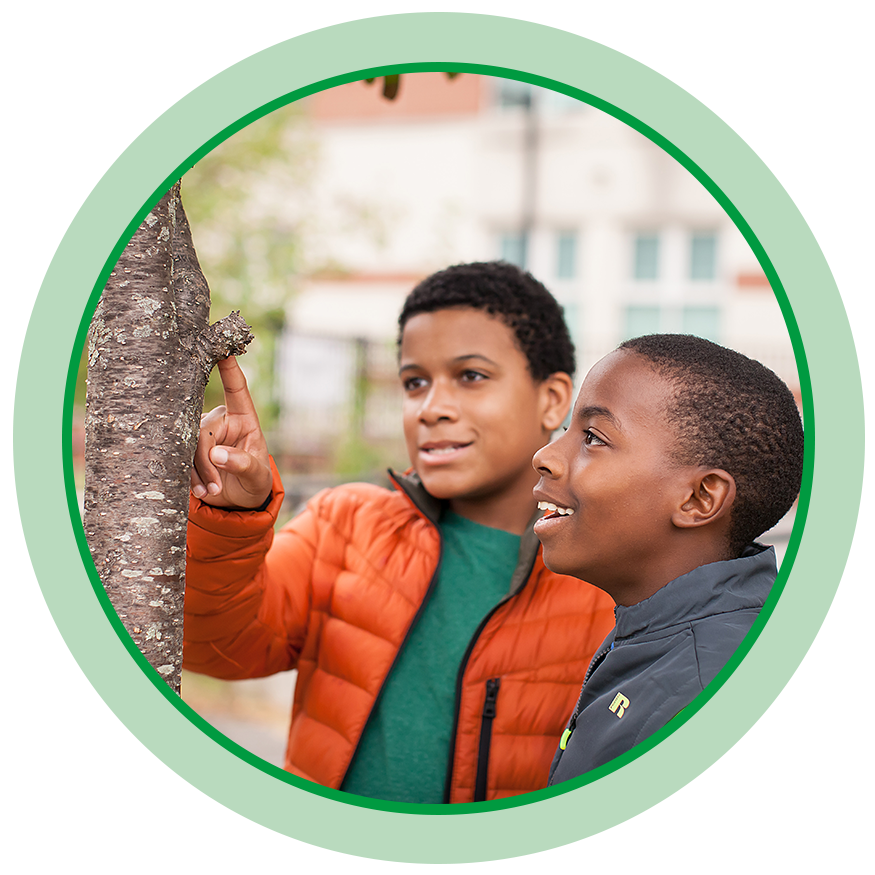
The term nonformal education refers to the wide array of educational activities that occur outside the school-based education system. Nonformal educators, like yourself, can provide opportunities and spaces outside classrooms that enable learners to flourish.
When working with a school group or youth group, consult with the teacher or leader to:
- Share objectives and coordinate instruction.
- Select activities to complement topics or concepts taught in the classroom.
- Ask about any:
- Behavior concerns
- Language considerations
- Physical or learning disabilities
- Prior knowledge and exposure to related topics
- Make suggestions for attire that is appropriate for both the weather and the activity.
- Request that discipline be the responsibility of the teacher or youth group leader.
Consider bringing a copy of the For Educators: Using Trees to Teach handout to leave with educators. The resource includes a list of suggested follow-up actions for learners, lists connections to academic standards, and refers educators to more PLT environmental education resources.
Not sure how to establish a connection with schools or youth group programs? You might try introducing yourself and describing what you could offer. See Local Support to find your local PLT contact who can offer support when reaching out to schools.
Login to download supporting materials such as appendices and teaching tips.
Login
